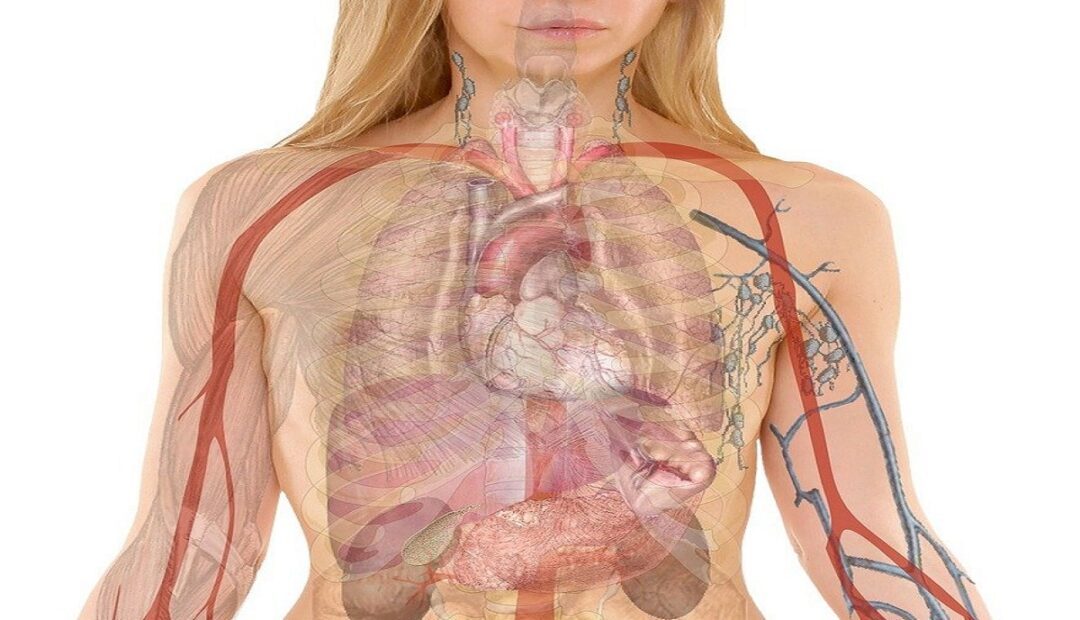BIOLOGY PRACTICAL ACTIVITIES
BIOLOGY PRACTICAL ACTIVITIES Examining the stages of mitosis About 2 mm of a root tip of onion bulb is cut off and placed on a microscope slide. A stain e.g. aceto-orcein is added and the root tip macerated using a scapel. A cover slip is added and observations made. Different stages of mitosis can be […]
BIOLOGY PRACTICAL ACTIVITIES Read More »
